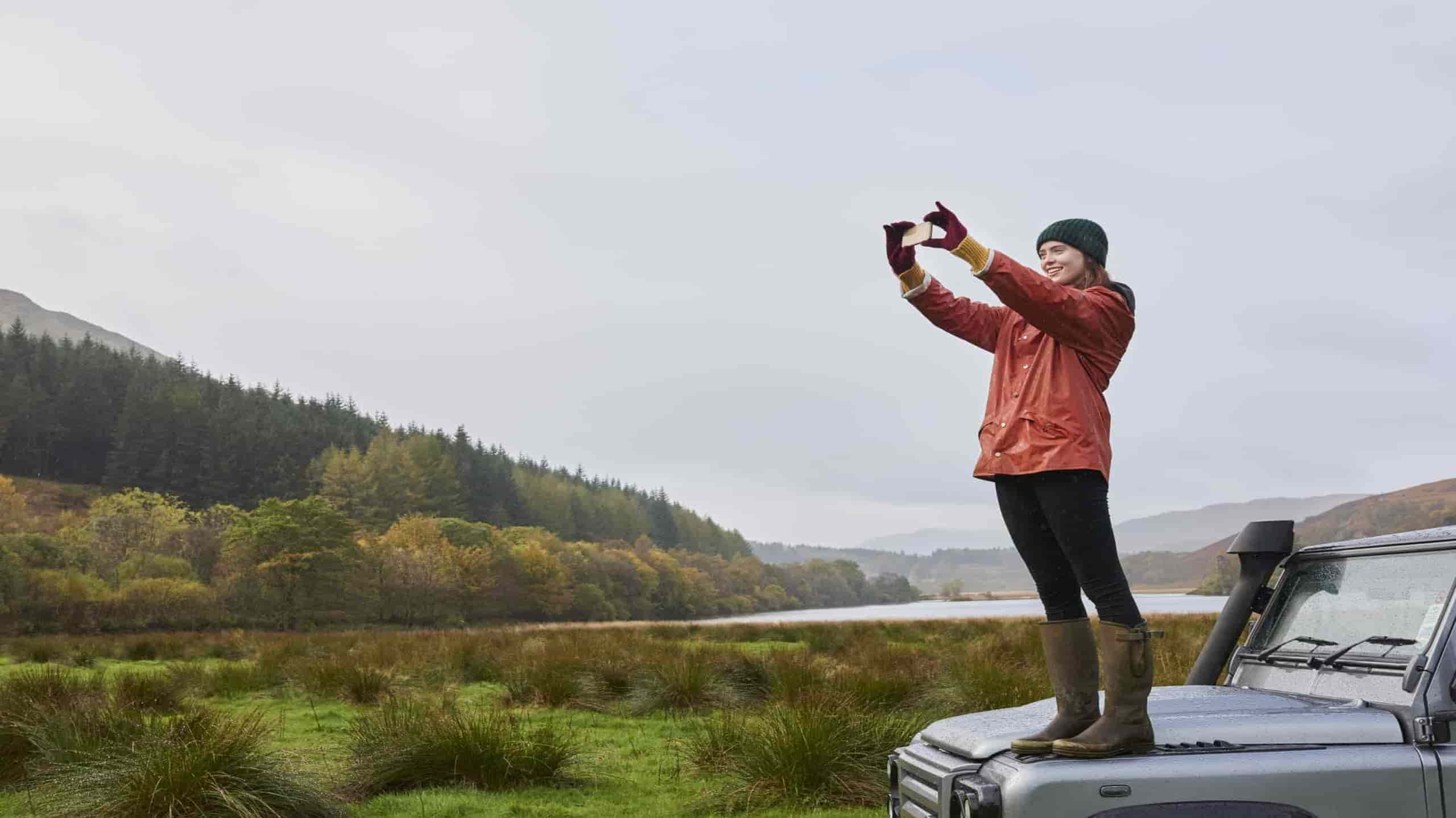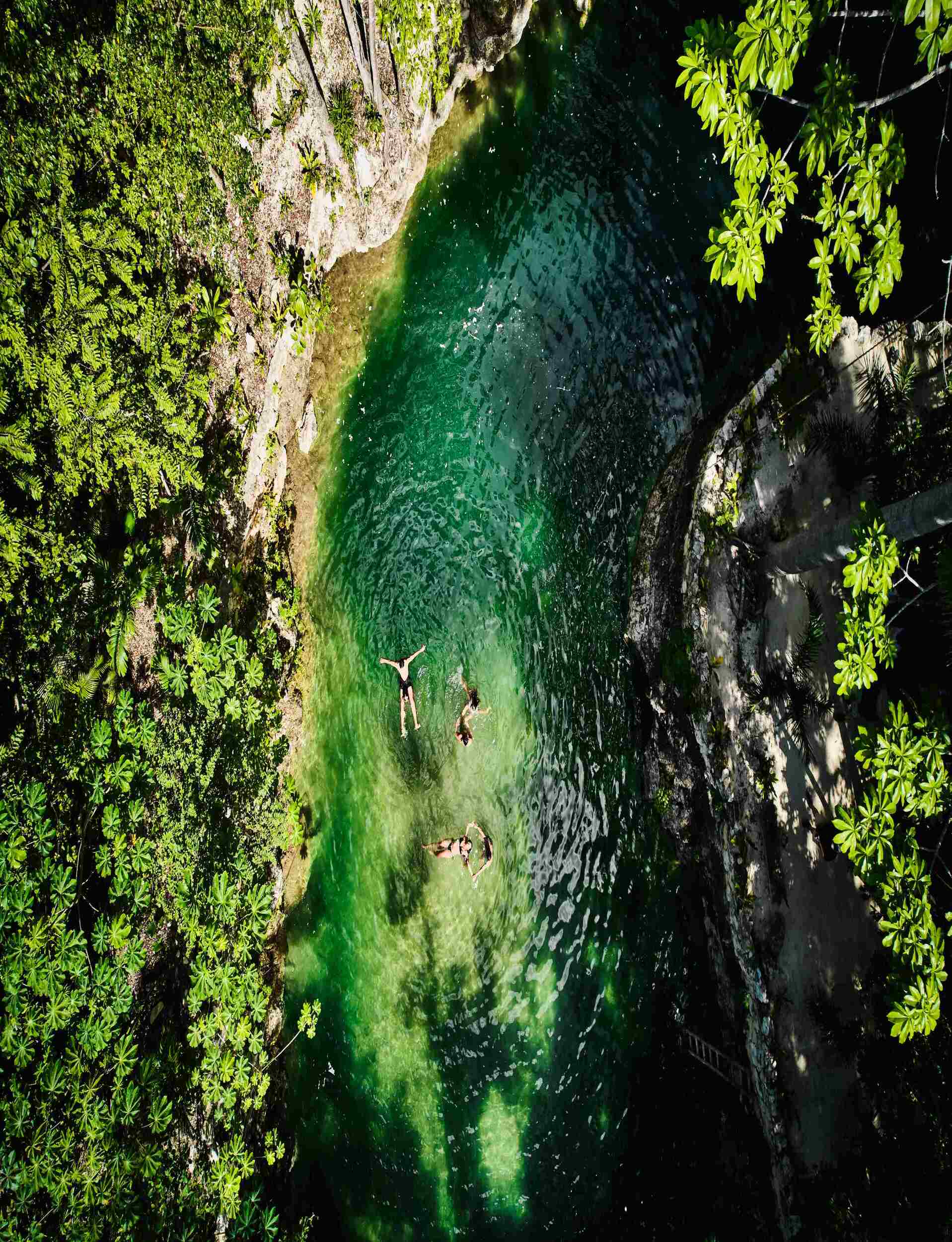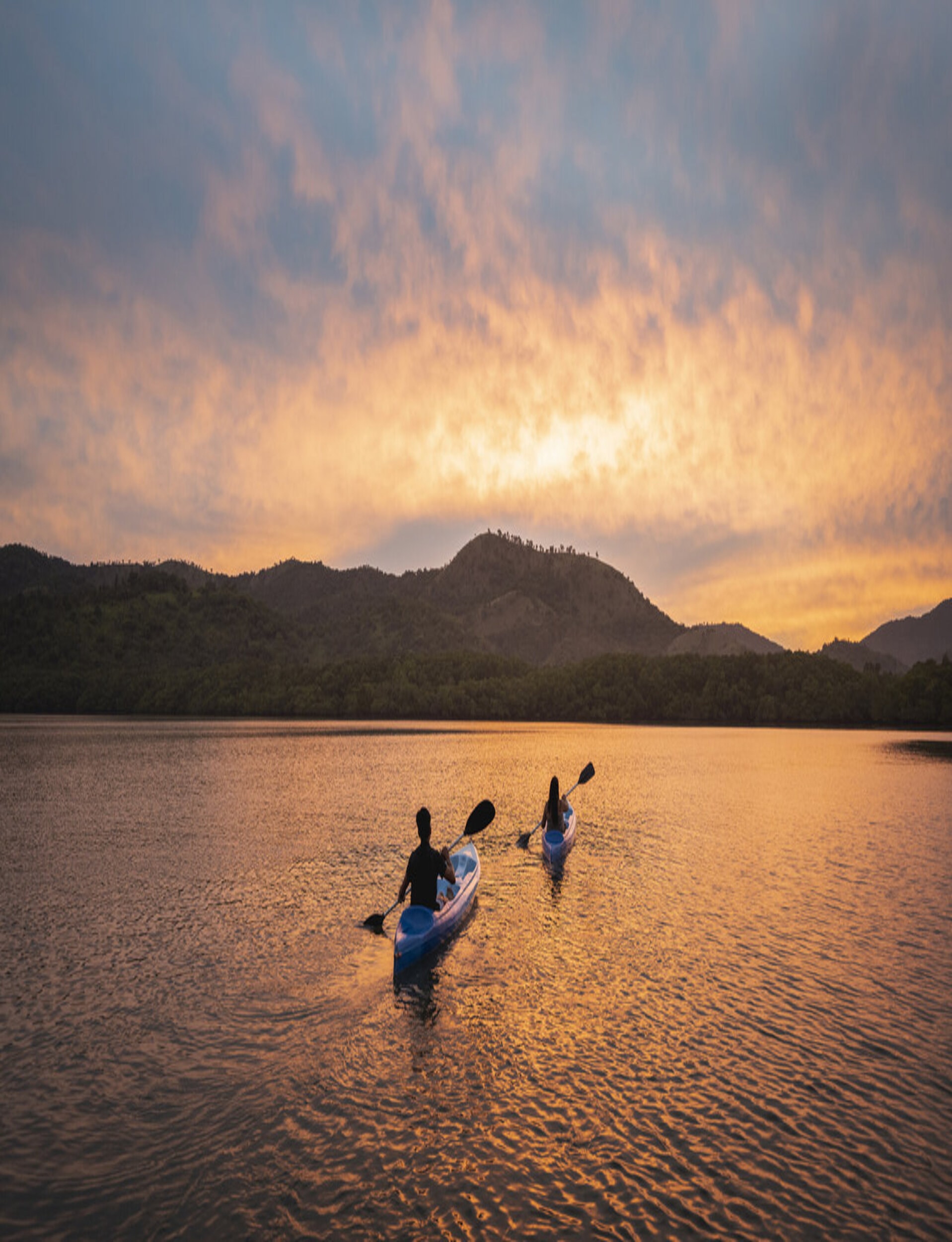


In an age where the tourism industry is constantly evolving, staying ahead of the competition and effectively marketing your tourism business has never been more crucial. Whether you’re a seasoned professional or just starting out in the field, this comprehensive guide is your passport to success. We’ll look at innovative marketing strategies tailored specifically for the tourism and hospitality industry, equipping you with the knowledge and tools to thrive in this dynamic and competitive field.
Introduction to tourism marketing strategies
Tourism marketing is aimed at potential customers from all over the world. To stand out in a crowded market, innovative strategies are crucial. Here’s what comprises effective tourism marketing:
- Understanding your audience: Tailor your approach to a range of demographics, connecting with them personally based on their preferences and interests.
- Developing a unique brand identity: Create a distinctive visual and narrative identity that encapsulates your organization’s values and essence.
- Creating engaging content: Go beyond static images, embracing blog posts, real-time social media updates, and vlogs to captivate prospects and entice them to visit.
Learn marketing with the best
Study with professionals at the top of their game who can share their expertise and provide the ideal start for a career that makes an impact in tourism.
Bachelor’s of hospitality management
Understanding your target audience
Effective tourism marketing begins with a deep understanding of your target audience. To attract and engage potential visitors, it’s vital to recognize their preferences and interests. Some are attracted to cultural heritage, while others seek vibrant nightlife or culinary experiences.
To understand a range of demographics, conduct thorough consumer research to identify patterns among prospective travelers, using data from customer surveys, travel agents, and online feedback. Build detailed personas to profile typical tourists who visit or may use your travel business. These personas become the foundation for shaping campaigns.
Key considerations:
- Focus on what tourists find attractive, not what you think they find attractive
- Rely on market research and verifiable data sources for insights
- Knowing customers’ wants and needs is vital for effectively tailored campaigns
- Stay adaptable to evolving visitor behavior and trends for sustainable growth
Understanding your audience and staying attuned to changing preferences are central to destination marketing, ensuring your efforts generate maximum impact.
Developing a unique brand identity
Oscar Wong/Moment Getty Images
Developing a distinctive brand identity is vital. As you deepen your understanding of what marketing is in tourism, you will realize how important it is for your destination or attraction to have its own niche.
Uniqueness: make your destination stand out
Think about the irresistible attractions your destination offers. Perhaps it’s culturally rich heritage steeped in history or maybe it’s rainforest and its wildlife. When you’re embarking on promoting travel to your location, make sure these distinguishing features are highlighted by using them as hooks in your tourism marketing strategies. The idea is to conjure up an image so potent that travelers instantly recognize it.
Relevance: aligning factors that attract tourists
One area where many falter is not aligning their offerings with market demands. Even if you can offer Northern Lights viewing spots in Norway, this won’t resonate with tourists if it doesn’t address their specific needs and interests. This is where consumer research in tourism comes in handy.
Consistency: keeping the promise
Once you’ve developed your unique brand identity and aligned it with what attracts tourists, make sure all marketing touchpoints — digital or offline — feature consistent messaging. Of course, varying content types necessitate a tweak in style, but the core substance should remain stable across all platforms.
Leveraging local listings
Local listings, like Google My Business and Tripadvisor, are vital for tourism marketing. They provide essential information and reviews to travelers. To maximize their potential:
- Claim your business listing on popular platforms
- Ensure consistent data across all platforms
- Encourage customer reviews and respond promptly
- Continuously analyze visitor feedback for optimization
Utilizing these platforms builds legitimacy and trust, as online reviews can play a significant role in travelers’ decision-making.
Creating compelling content
Engaging content is a powerful strategy in tourism marketing. It resonates with emotions, tells captivating stories, and showcases your destination creatively. Here are three ways engaging content can enhance your strategies:
- Storytelling: Share local legends and anecdotes to add depth to your destination’s persona, appealing to tourists’ emotions and curiosity.
- Visual content: Use high-quality images and enticing descriptions to showcase your destination’s attractions, and stimulate the interest of potential tourists.
- Interactive content: Offer virtual tours or quizzes to engage audiences at an experiential level, increasing their curiosity and perception of your destination.
Authenticity is essential in content creation, as it builds credibility in tourism marketing.
Engaging with social media platforms
In today’s digital world, social media is essential in tourism marketing. Different platforms cater to various demographics and interests, so you need to carefully tailor your social media posts to your target markets on each channel. Here are some key points to consider:
- Tailored content: Create content suitable for each platform, such as stunning images on Instagram and engaging travel stories on X (Twitter).
- Two-way interaction: Respond promptly to reviews and comments on social media, building loyalty among customers. You can also encourage user-generated content about your business, nearby tourist attractions, or about the customer service they experienced.
- Influencer collaboration: Partner with social media influencers to promote your destination to their followers.
- Hashtag movements and contests: Participate in trending hashtag movements and initiate contests or games related to destinations to boost visibility and generate positive publicity.
By understanding the unique features and demographics of each social media platform, you can meet travelers where they spend time and enhance your tourism marketing strategies.
Paid social media advertising
Paid social media advertisements are also important for any modern tourism company. They can be targeted to deliver messages to specific demographics. To make the most of social media advertising, here are a few key considerations:
- Identify your key demographics – know who you want to reach.
- Set clear objectives – understand what return on investment looks like.
- Develop engaging ad creatives – images or videos that represent what is being marketed.
- Monitor results frequently – adjust where necessary.
Sending email newsletters
Among the various tourism marketing strategies, email has emerged as an enduring tactic. Don’t underestimate the efficacy of a well-crafted email newsletter, as it stands at the intersection of providing information and subtle promotion.
Here’s a peek into how you can engage prospective travelers through strategic email newsletters.
- Schedule regularly: Choose a frequency – weekly, bi-weekly, or monthly – that aligns with your offerings and can be consistent. This gives subscribers something to look forward to while keeping your brand on their minds.
- Personalize communications: To make each subscriber feel acknowledged, use advanced CRM tools for personalization and tailored offerings based on previous interactions or noted preferences.
- Showcase compelling stories: Emotionally charged narratives about real guest experiences can stir interest and spark the imagination.
- Promote upcoming attractions: Give dormant clients reasons to reactivate by featuring must-see events or unbeatable seasonal deals.
- Incorporate reviews and testimonials: Customer reviews paint a convincing picture of what awaits future tourists. Their first-hand accounts — featuring praise or constructive feedback — can often build trust more effectively than promotional text.
Displaying online banners
An effective strategy in mastering tourism marketing involves harnessing the power of online banners. Banner advertising, a form of digital outreach, helps create awareness about your destination and may catch a potential tourist’s eye.
Here’s how best to take advantage of this potent bit of marketing strategy in tourism:
- Design with purpose: Creating compelling banner designs requires an understanding of what attracts tourists. Your banners must effectively communicate the unique appeal of the location you’re promoting. Does it offer historical and cultural significance? Is its natural scenery superb, or does it provide high-end luxury experiences?
- Location, location, location: Destination tourism is all about presenting prospective visitors with an irresistible locale they’d love to explore. Online banners should be strategically displayed on websites that your target audience visits, such as travel blogs or holiday booking sites.
- Clear call-to-action (CTA): The most successful online banners have a clear CTA that prompts visitors to learn more or make bookings. This simple yet assertive instruction can enhance user engagement and increase bookings substantially.
- Mobile-friendly designs: Given our world has become increasingly mobile-centric, ensuring your online banners are optimized for mobile viewing is non-negotiable. This will also help make sure your mobile websites or advertisements are seen in search engines.
Offline promotional activities
Online marketing is powerful, but don’t overlook offline strategies. Traditional tourism marketing methods remain effective for personal connections with your audience.
Explore event sponsorships and collaborations at local events to showcase your brand. Print materials like brochures and flyers provide valuable tourism information and visibility in target areas. Roadshows educate potential customers in various locations, stirring interest. Utilize television and radio ads for wide-reaching awareness.
Tailor these techniques to your unique business needs while maintaining consistency across online and offline platforms.
Contextual advertising and SEO
Contextual advertising leverages relevance to attract tourists effectively. By placing your ads within content that aligns with travelers’ interests, you capture their attention when their tourism curiosity is at its peak. This targeted approach can lead you to your ideal customer base.
Search engine optimization (SEO) helps people find you in a sea of competitors when they go searching for what you offer online. Honing your site’s SEO capabilities can increase the likelihood of appearing in search results, so potential tourists can move toward becoming actual visitors.
Using promotional videos
In the quest to implement effective tourism marketing strategies, don’t overlook promotional videos. This type of content can effectively portray what attracts tourists to a particular location, destination, or service.
The power of promoting travel through video
Visual storytelling is compelling and engaging by nature. It can transport viewers directly into your destination’s most appealing spots. When considering marketing attractions or marketing a destination, creating videos that convey what is unique about your tourist spot can significantly boost your campaign.
How videos enhance tourism marketing strategies
- Showcase scenic views: Highlight the incredible views from the highest peak or show underwater adventures featuring vibrant marine life. Let viewers feel as if they’re already on an extraordinary journey.
- Provide local insight: Film a local tour guide telling stories about a historic castle or local attraction that you won’t find easily in travel pamphlets.
- Highlight experiences: Use this chance to display exhilarating possibilities like zip lining over lush forests, relaxing at a secluded beach, or sampling delicacies at markets
Try and ensure the video depictions will match expectations when tourists arrive.
Make your mark in luxury marketing for tourism
Combining expert tuition and exclusive internships, this Master’s gives you access to leaders at the pinnacle of their profession with opportunities to network and build your career.
Masters in luxury brand management
Key considerations
Successful application of promotional videos as part of tourism marketing strategies hinges on factors such as:
- Solid marketing plans
- Quality production
- Meaningful narratives that highlight customer experience
- Resonating with your ideal customers
- Optimization for viewing on different devices
- Keeping up to date with tourism marketing trends
Conclusion
Mastering tourism marketing strategies is instrumental in developing a tourism marketing plan. They are also instrumental for sustaining the growth of a destination tourism business and ensuring success in a tourism or hospitality career.
Social media platforms offer many opportunities for promoting travel adventures and facets of the tourism business, from sharing compelling imagery to sharing delightful experiences, or even connecting personally with potential patrons. Get started on the journey to becoming a tourism marketing professional with a hospitality degree from Glion. Or read more about the tourism and hospitality industry in the new normal.
Photo Credit
Main Image: Plume Creative/ DigitalVision via Getty Images

















